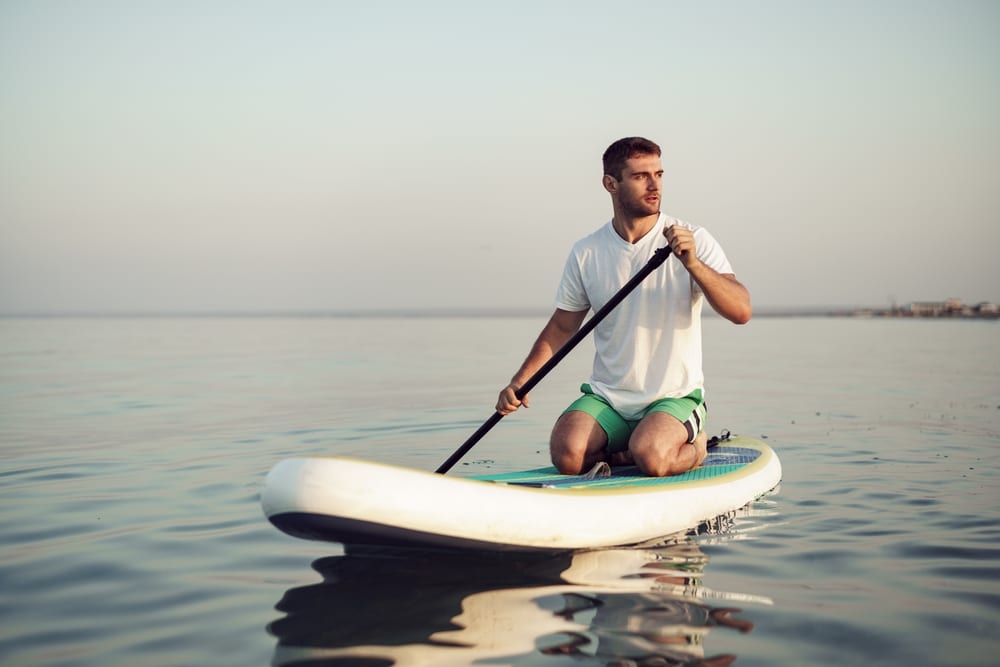Table of Contents
Choosing the right lightweight paddle board as a beginner is an exciting journey that can make or break your initial experiences on the water. Stand-up paddleboarding (SUP) has surged in popularity because it’s easy to learn, offers a great full-body workout, and lets you enjoy scenic views from a new perspective. However, selecting the best stand-up paddle board (SUP) can be daunting due to the wide range of options available. This guide will help you understand what factors to consider when choosing a lightweight paddle board that suits your needs as a beginner.
Why Choose a Lightweight Paddle Board?
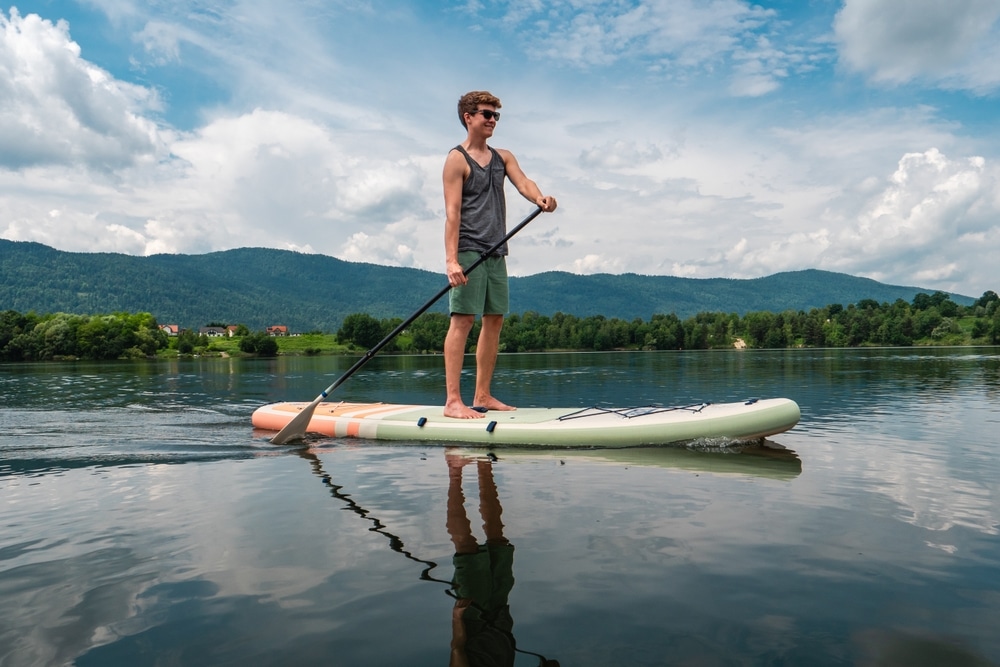
For beginners, a lightweight paddle board is a smart choice. A lighter board is easy to transport, carry, and maneuver on the water, making your paddle board experience more enjoyable from start to finish. Whether you’re heading to the beach, lake, or river, a lightweight board ensures that you don’t struggle with transportation, allowing you to hit the water faster and with less hassle.
1. Consider the Board’s Weight
A lightweight paddle board is essential for beginners, as it makes it easier to carry and transport. Most paddle boards weigh between 18 and 30 pounds, with lighter models often made from high-quality materials like inflatable PVC or lightweight epoxy. These boards are ideal for beginners because they are easy to handle both in and out of the water.
2. Types of Paddle Boards
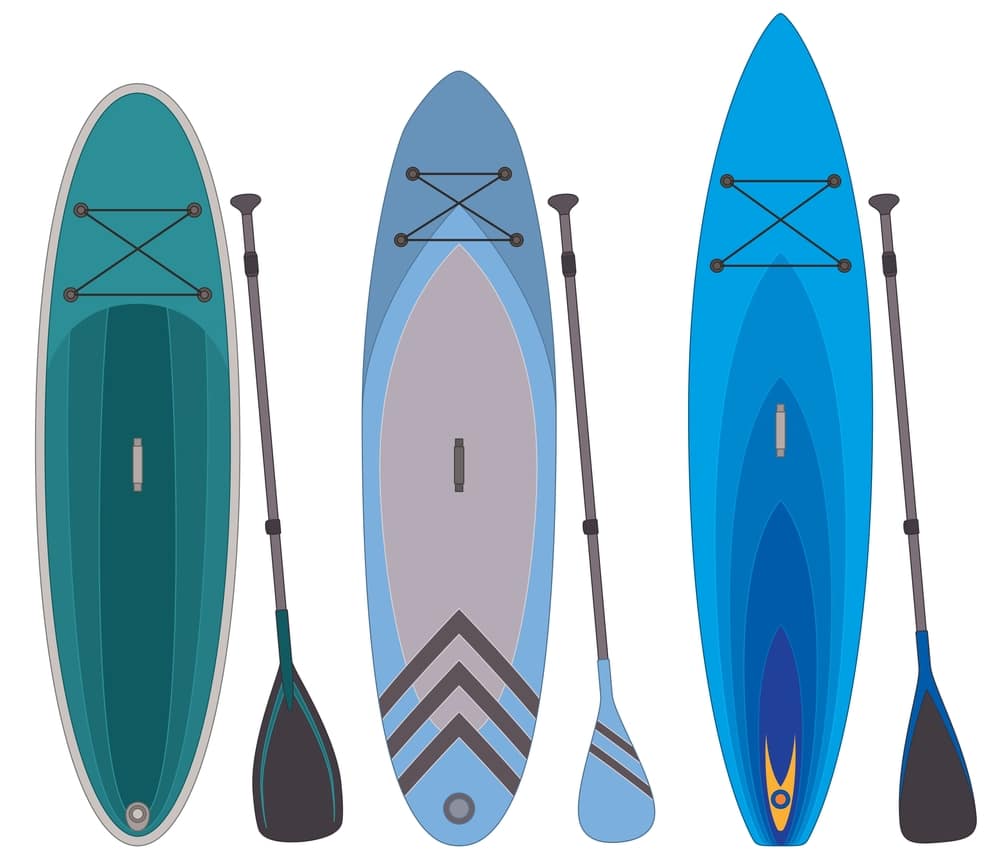
There are several types of paddle boards, and each is suited for different activities. For beginners, the focus should be on finding a versatile and stable board:
All-Around Paddle Boards
These are perfect for beginners due to their wide deck and stable design, making it easier to balance.
Inflatable Paddle Boards
Lightweight and highly portable, they are easy to store and transport, making them ideal for beginners who want convenience without sacrificing performance.
3. Board Size and Volume
The size and volume of the board are crucial for stability and performance. Beginners should opt for boards that are wider and longer, as this provides better stability. Here’s what to look for:
Width
A board with a width of 32-34 inches is perfect for beginners, as it offers more stability.
Length
Beginners should look for a board that’s 10-12 feet long. This provides a good balance between stability and maneuverability.
Volume
A board with a higher volume can support more weight and is more buoyant, making it easier for beginners to stay balanced on the water. A volume of around 175-250 liters is ideal for most beginners.
Thickness
The thickness of the paddle board affects its buoyancy and stability. A board that is 5-6 inches thick will provide more stability for beginners, especially those who are learning how to balance and paddle for the first time.
4. Construction Material
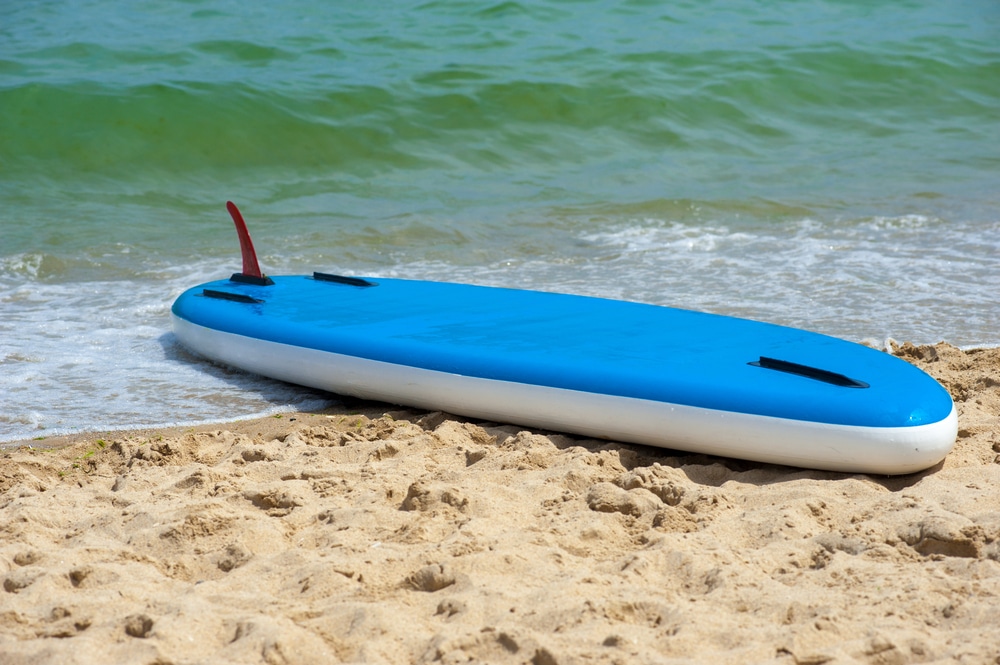
There are two main types of construction materials for paddle boards:
Inflatable Paddle Boards
Made from military-grade PVC, these boards are lightweight, durable, and easy to store. They are ideal for beginners because they are less prone to dings and scratches and are highly portable. Inflatable paddle boards using drop stitch technology are not only easy to transport but also durable enough to withstand regular use in various water conditions.
Epoxy Paddle Boards
These boards are made from a foam core wrapped in fiberglass and epoxy resin. They are slightly heavier than inflatable boards but offer excellent performance and stability.
5. Stability and Balance
Stability is one of the most important factors when beginners choose a paddle board. Look for boards that have a wide deck and a flat bottom to ensure they are stable on calm waters. Boards with a wider base provide better balance, making them ideal for beginners who are still getting the hang of paddling and standing up on the board.
6. Shape of the Board
The shape of the paddle board influences how it moves through the water. For beginners, a rounder nose and wider tail provide more stability and make the board easier to control. Avoid boards with pointed noses (designed for speed and performance), as they require more skill to balance.
7. Fin Setup
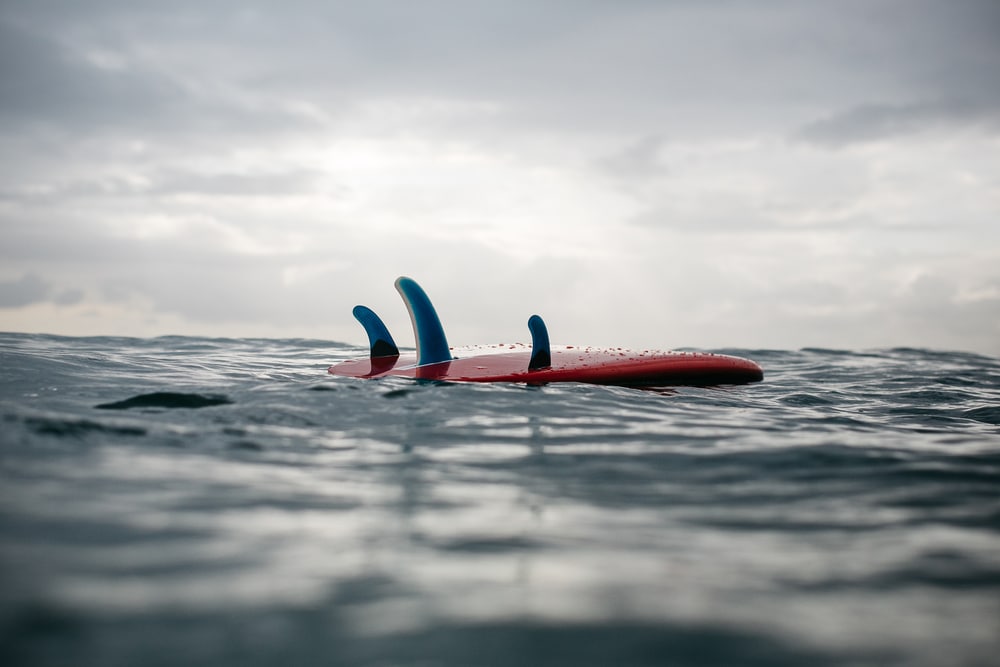
Fins help the board track straight and provide stability. Most beginner paddle boards come with a tri-fin setup (one large center fin and two smaller side fins) or a single fin. Look for boards with a center fin and side fins. The center fin helps with tracking, allowing you to move straight with minimal effort, while the side fins add stability and help with maneuverability in choppy waters. A lightweight paddle board with a center fin and side fins will give you the confidence to stand up and paddle without feeling wobbly.
8. Weight Capacity
Each paddle board has a maximum weight capacity, which refers to how much weight it can support while still maintaining good performance. Beginners should choose a board that can support their body weight plus any extra gear (such as a dry bag, water bottle, etc.). A good rule of thumb is to choose a board with a weight capacity that’s at least 20-30% higher than your body weight.
9. Price Range
Beginner paddle boards are available at various price points, depending on the material, brand, and features. Inflatable paddle boards tend to be more affordable and start around $300-$600, while epoxy boards can range from $800 to $1,200. If you’re new to the sport, investing in an inflatable board is a good choice, as they offer durability and convenience at a lower price.
Dive into our ultimate comparison guide, paddleboard vs kayak, and discover which watercraft will best suit your style, fitness goals, and adventure plans.
10 Brand and Warranty
While a lightweight paddle board is great for beginners, you don’t want to compromise on durability. This ensures that you’re investing in a high-quality product that is backed by a manufacturer guarantee. Some well-known brands for beginners include iRocker, Atoll, Tower, Sea Gods, and Red Paddle Co. They offer sturdy, lightweight boards that come with warranties, ensuring your investment is protected.
11. Paddle Selection
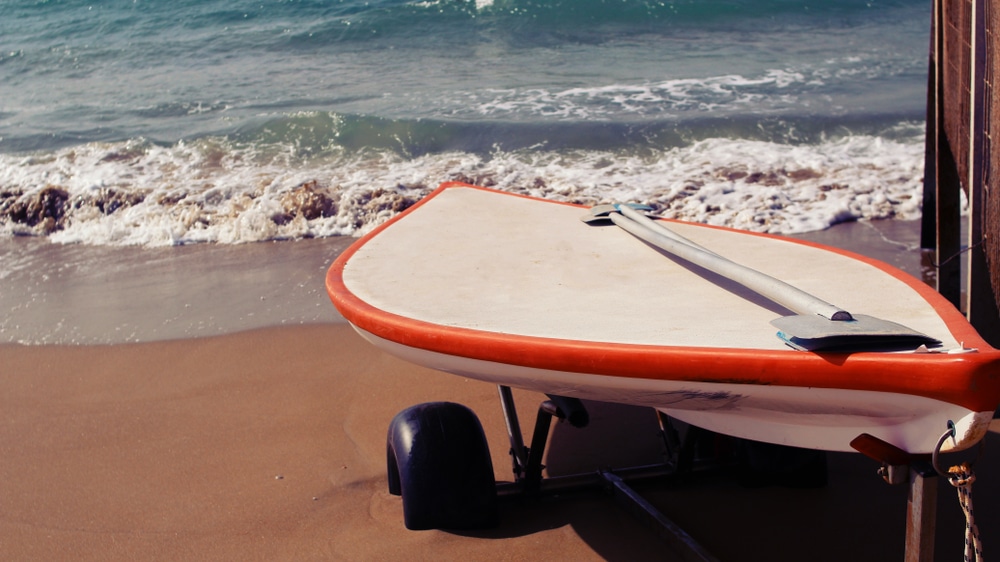
Don’t forget to choose a lightweight paddle to match your board. A paddle made from carbon fiber or aluminum is light and easy to handle. Adjustable paddles are ideal for beginners as they allow you to change the length to suit your height and paddling style.
12. Portability
For beginners, portability is a key factor, especially if you plan on taking your board to different locations. Inflatable paddle boards are lightweight and come with a carry bag, making them easy to transport. If you live in an apartment or have limited storage space, inflatables are a great option since they can be deflated and packed away when not in use.
13. Accessories
Many paddle boards come with accessories such as a pump, paddle, and carry bag. For beginners, it’s convenient to purchase a paddleboard package that includes all these essentials, so you don’t have to worry about buying them separately. Inflating your paddle board should be a quick and easy process, which is why an electric pump can be a game-changer. For those days when you want to relax and take a break from paddling, some boards offer the option to attach a kayak seat.
Conclusion
Choosing the right lightweight paddle board for beginners comes down to understanding your needs, such as stability, portability, and weight capacity. By focusing on features like board size, material, and stability, you can ensure a smooth and enjoyable learning experience. Whether you choose an inflatable or epoxy board, make sure it fits your personal preferences and provides the right balance between performance and ease of use.
